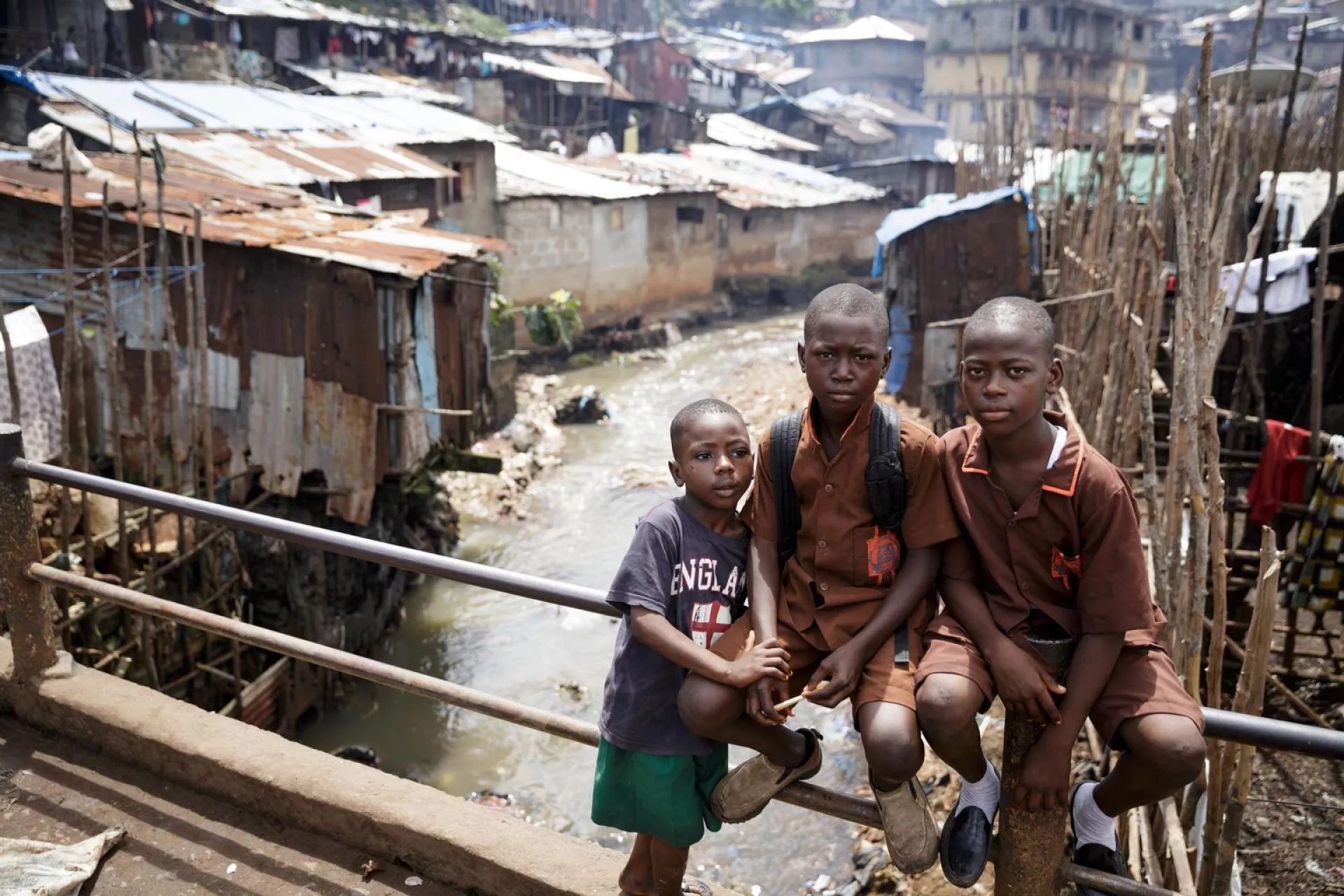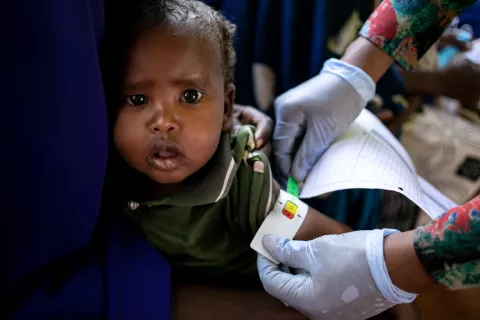Strategic note on UNICEF's work for children in urban settings
UNICEF is strengthening and scaling up its programming in urban areas.

About
Progress in urban areas is vital to achieving outcomes for children. In 2020, around 56 per cent of the world’s population – some 4.4 billion people – lived in urban areas, of which 1.18 billion were children. That figure is set to rise to 70 per cent by mid-century, with over 90 per cent of the growth taking place in Africa, Asia, Latin America, and the Caribbean. Due to this rapid urbanization, many children end up in slums and informal settlements without access to services and protection. The estimated number of children living in slums is 350 to 500 million, which is set to triple by 2050.
To address issues of rapid urbanization, complex urban governance, and the associated equity and inclusion challenges, UNICEF is strengthening, revamping, and scaling up its programming in urban areas. The following priority areas reflect the outcomes of UNICEF’s work for children in urban settings, including in humanitarian and fragile contexts:
- Priority 1: Data and evidence
Disaggregated data about children inform decisions at the local level.
- Priority 2: Local/city governance for planning, budgeting, and financing
Local development policies, strategies, plans, and budgets are child responsive.
- Priority 3: Community engagement/empowerment
Communities, children, and adolescents have a say in decisions at the local level affecting their lives.
- Priority 4: Access to services
Delivery of social services at the local level is effectively coordinated.
- Priority 5: Urban planning
Urban spatial plans are child responsive.
- Priority 6: Humanitarian crisis in urban areas
Urban governance structures are strengthened to respond to crises effectively.


